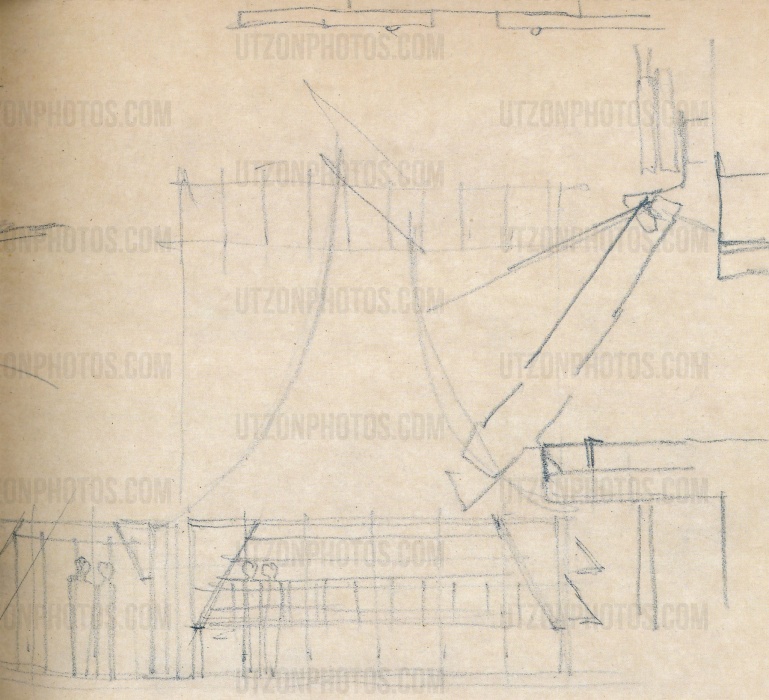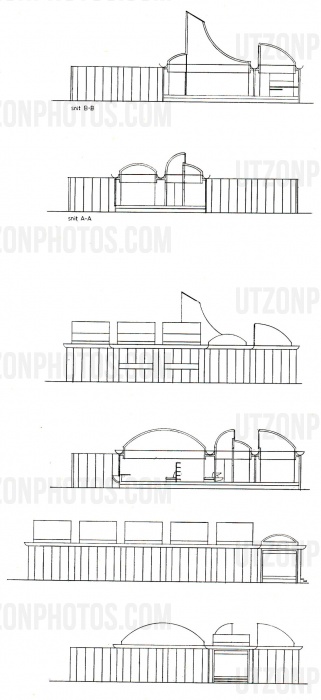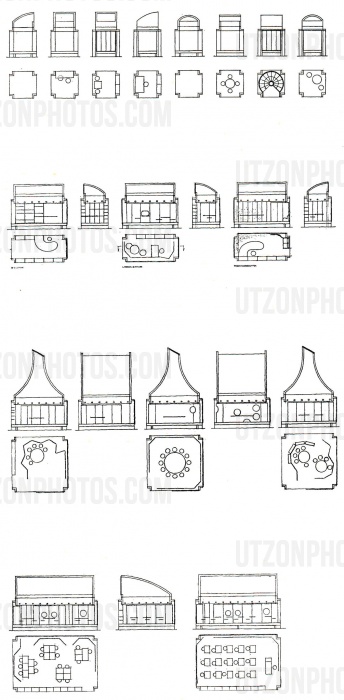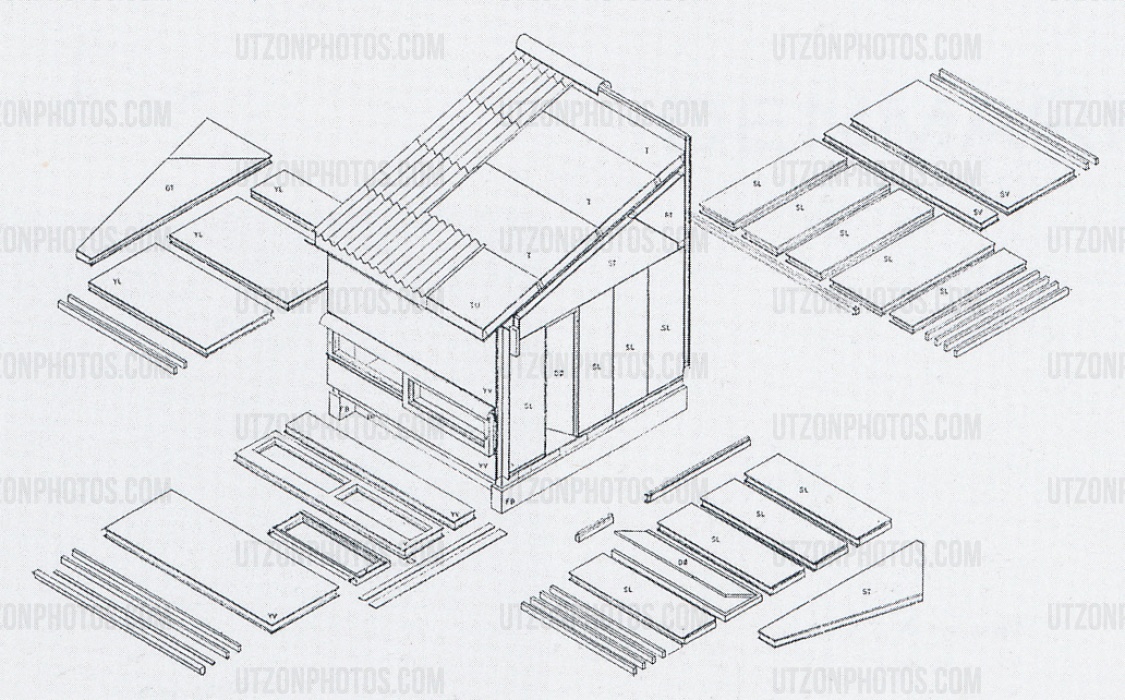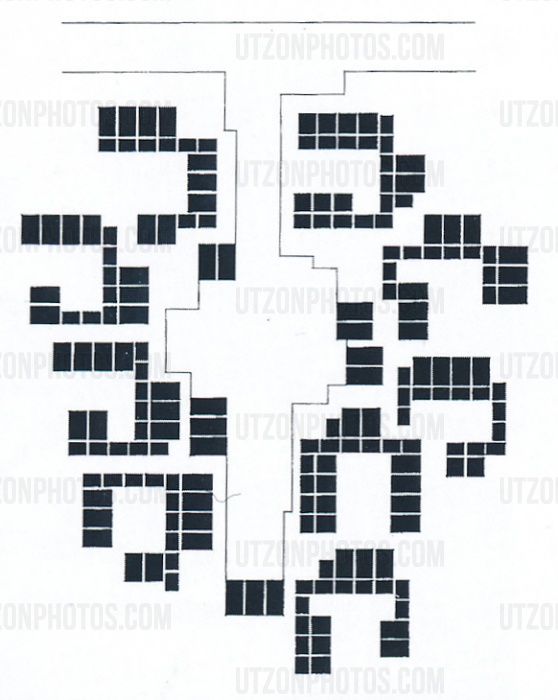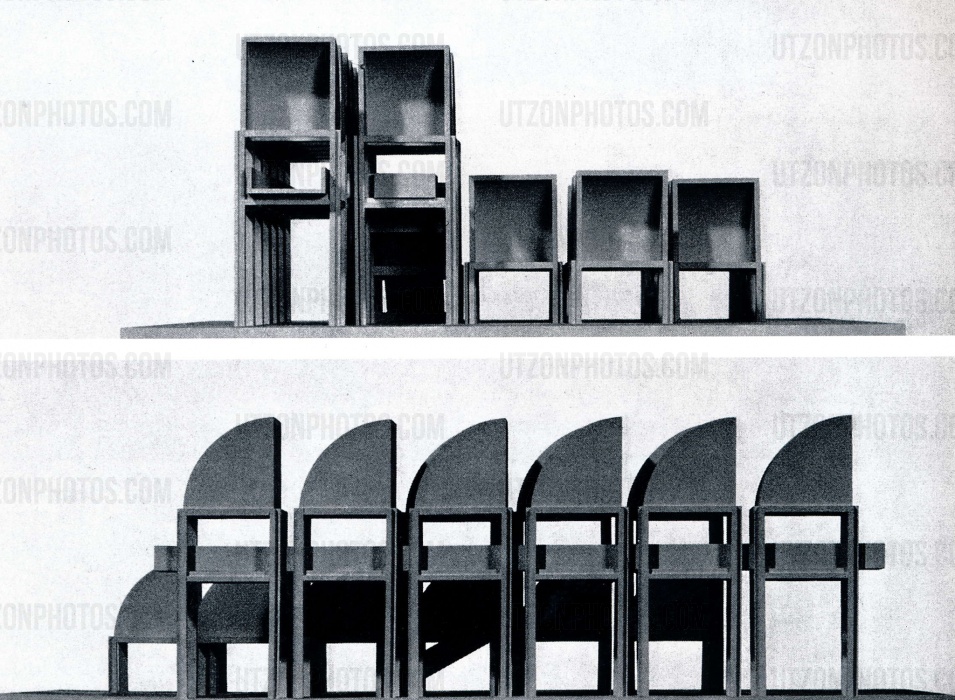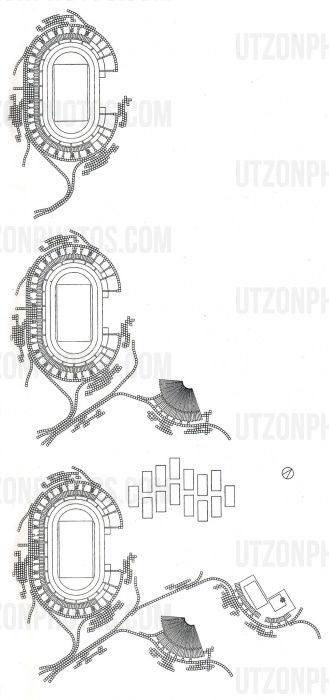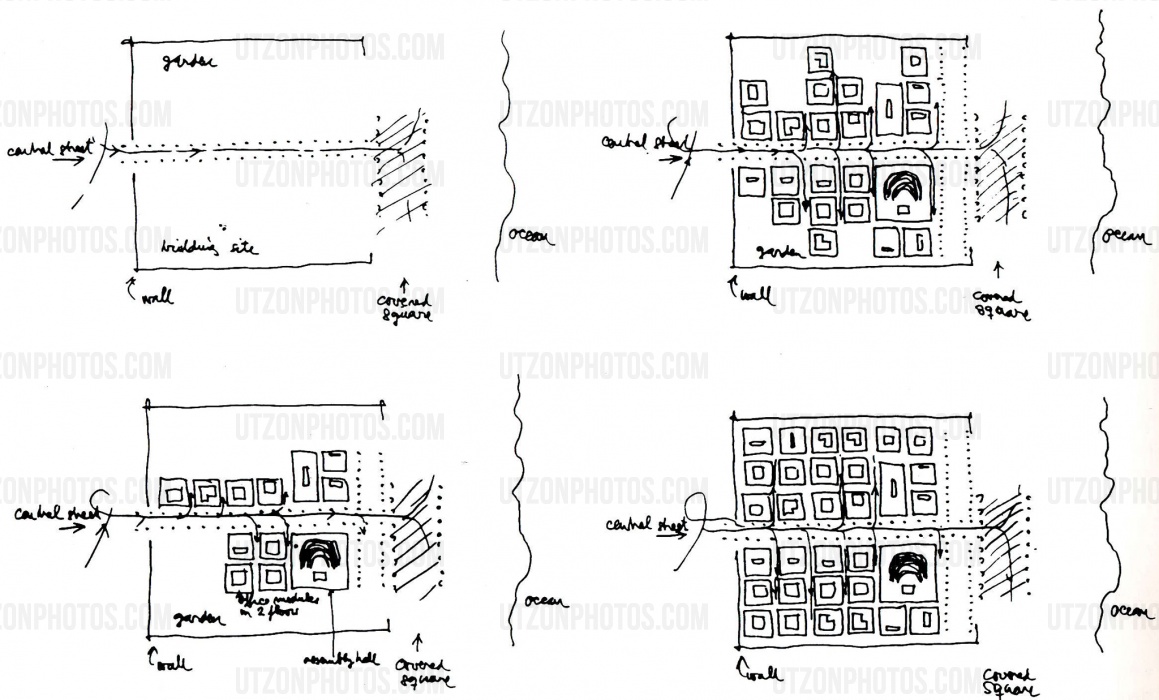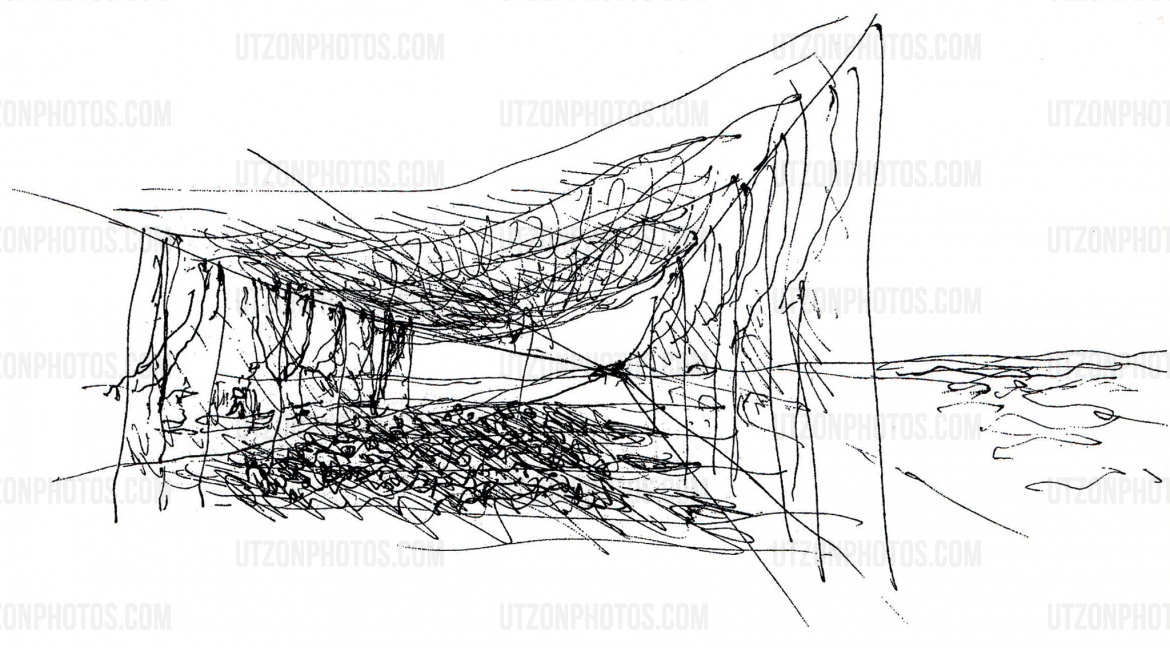

Additive architecture
"A consistent utilization of industrially produced building components can only be achieved if these components can be added to the buildings without having to be cut to measure or adapted in any way.
Such a pure addition principle results in a new architectural form, a new architectural expression with the same attributes and the same effects as are obtained e.g. from adding more trees to a forest, more deer to a herd, more stones to a beach, more wagons to a marshalling yard - or more morsels to the "Typical Danish Lunch"; it all depends on how many different components are added in this game. Like a glove that fits the hand, this game matches the demands of our age for freedom in the design of buildings and a strong desire for getting away from the box-type house where the box has a given size and is subdivided by partitions in the traditional way.
When working with the additive principle, one is able, without difficulty, to respect and honor all the demands made on design and layout as well as all the requirements for extensions and modifications. This is because the architecture - or perhaps rather the character - of the building is in the summation of the components, and not in the composition, nor is it dictated by the facade.
Again, when working with the additive principle, one is able to avoid sinning against the right of existence of the individual components. They all manage to find their expression.
The tenet of functionalism, which is after all the essential background to true architecture, is respected. The drawings are not a thing per se with meaningless and dimensionless module lines, but the module lines represent wall thicknesses, and the lines on the paper form the contours of the finished thing. The projects show the degree of freedom that can be achieved with the additive principle in tackling greatly varying tasks. They also demonstrate the vital problems associated with the design of units or components, and provide some indication of the advantages in respect of production control, costs and erection time that can be achieved in comparison with a group of buildings constructed in purely artisan fashion."
Jørn Utzon
Utzon talked about the additive principle when he worked with these projects: The Parliament Building in Kuwait, Jeddah stadium in Saudi Arabia, the Espansiva Housing project and the School Complex in Herning, Denmark.


